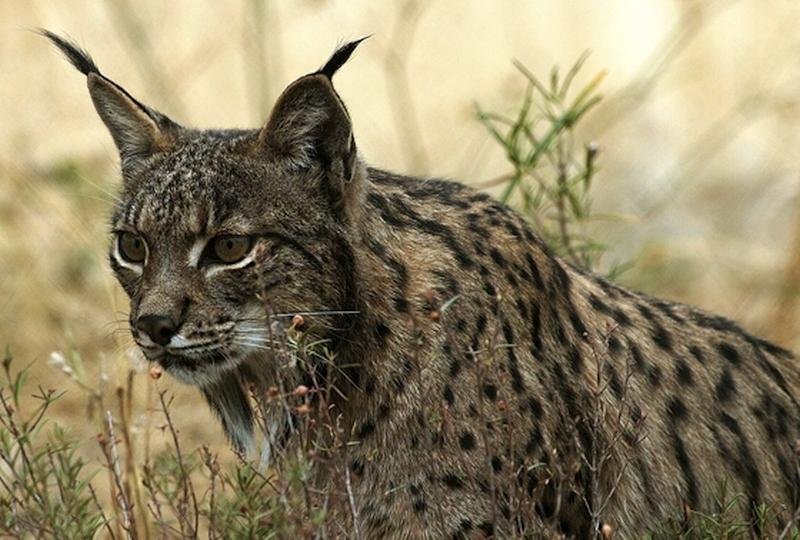Egyptian mongoose – Herpestes ichneumon – Meloncillo
English: Egyptian mongoose or Ichneumon Scientific: Herpestes ichneumon Spanish: Meloncillo French: Mangouste ichneumon German: Ichneumon Portugese: Sacarrabos, Saca-rabos, Icnêumone, Rato-de-faraó, Rato-do-egipto, Manguço, Escalavardo The Egyptian mongoose – Herpestes ichneumon – Meloncillo is also known as the ichneumon and although it is thought to be introduced to the Iberian Peninsula its been here long enough, I … Read more


